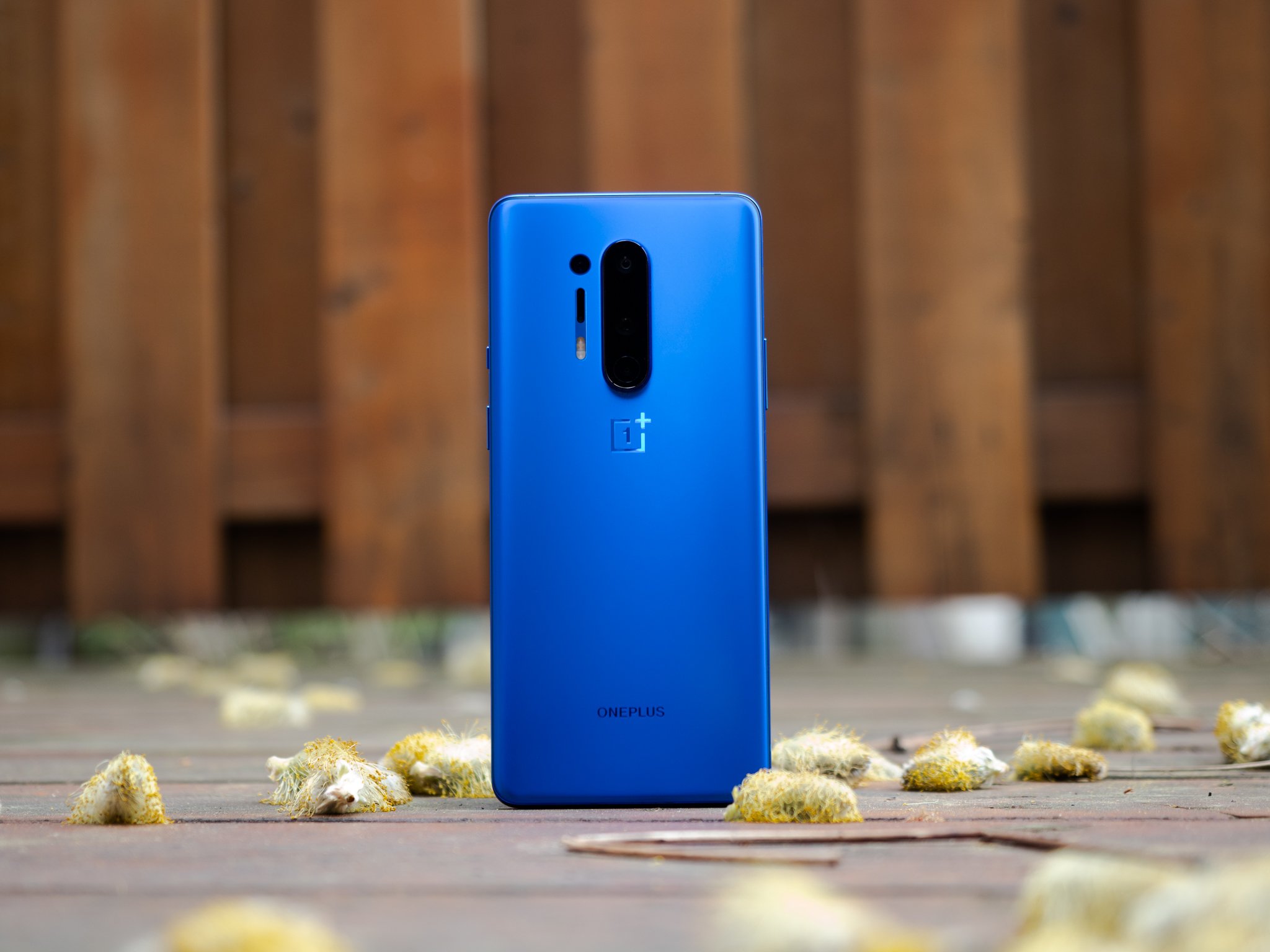Android Central Verdict
Bottom line: The OnePlus 8 Pro is an impressive and well-designed Android smartphone that doesn't upend the traditional OnePlus formula so much as extend it to its logical place in the 2020 canon — more features, higher price. With the addition of an impressive primary camera, waterproofing, and wireless charging, though, OnePlus has finally checked all of the boxes on its spec sheet.
Pros
- +
Large, beautiful 120Hz display
- +
Greatly improved main and wide-angle cameras
- +
Excellent battery life
- +
OxygenOS is best-in-class Android software
- +
Wireless charging / IP68 rating now available
Cons
- -
Much more expensive than before
- -
Limited 5G compatibility in the U.S.
- -
Telephoto camera isn't good
- -
Some software and camera bugs still present
Why you can trust Android Central
With every phone launch, OnePlus tries to rebrand itself just a little bit. With the OnePlus 6, it was "The speed you need." The 6T told us to "Unlock the speed." The 7 Pro tried to "Go beyond speed," and the 7T, the company's most recent release, offered us an experience that was "Smooth like never before." This is a company that's always emphasized the tactile advantage of speed and smoothness over all other tenets of using a phone, and has built a veritable movement of highly-loyal and engaged core users as a result.
But the underlying story for OnePlus, the one that was buried below the lede, was about price. Six years ago, the OnePlus One debuted for just $299, a price that surely lost money on each unit for a company whose goal was to build a user base. And it worked — through consistent and predictable price increases over generations, we reached a starting price of $669 for the OnePlus 7 Pro last year, and most people barely blinked. It was still so much less expensive than everything else out there, the value was clear.
The OnePlus 8 Pro is not $669, nor is it $699 or even $799. The cheapest OnePlus 8 Pro is $899, a 34% year-over-year increase over the same phone from a year ago, and puts itself out of the budget category by a wide margin. Instead, OnePlus is trying to flip its traditional narrative on its head, positioning its Pro model as an "ultra-premium" version of the phone — the $699 OnePlus 8 — that most people should, and will, buy.
So that's where we are. The OnePlus 8 Pro now has all the features you expect from an Android phone in the premium space, including a massive primary camera sensor, full IP68 waterproofing, and finally, finally, wireless charging. And in this context, it's still cheaper than the Galaxy S20+ and much better value than the Pixel 4 XL.
Does that mean you should eschew all other phones, pony up the $900 (or $1,000 for the 12GB model) and leave the old days of OnePlus behind? Let's take a look.
Update, April 29: This review was originally published on April 14, but we're updating and circulating it because the OnePlus 8 Pro is now on sale in many countries around the world.
OnePlus 8 Pro Design and display
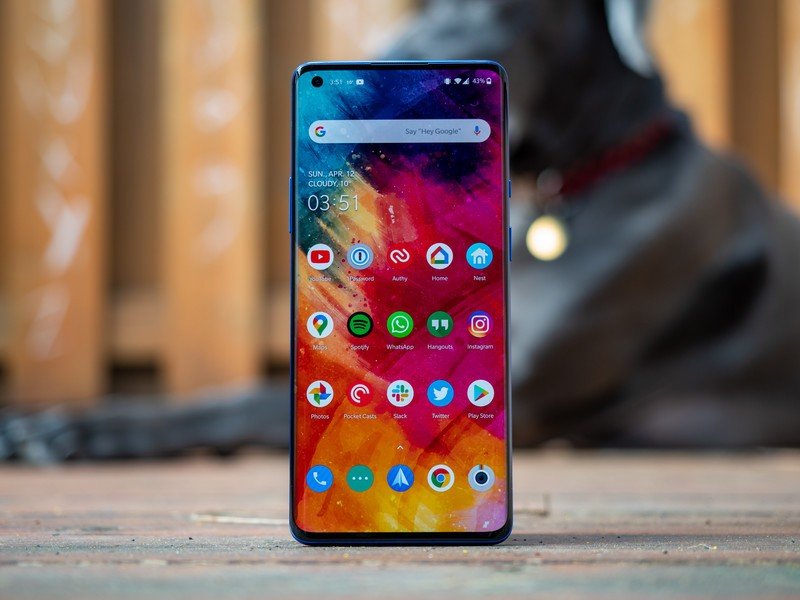
This phone looks familiar, not just because it resembles the OnePlus 7 Pro from almost every angle, but because it resembles pretty much every major Android phone released this year. The sides of the 6.78-inch AMOLED display slope severely, though no more so than phones from Samsung, Huawei, OPPO, and others. Indeed, even the smaller OnePlus 8 has curved edges this time around, breaking with the flat sides of its ostensible predecessor, the OnePlus 7T.
Perhaps the most notable change on the 8 Pro's front is the addition of the left-oriented hole punch selfie camera cutout, another increasingly common occurrence in phones released in the past few months. The decision is understandable — whereas the 7 Pro's motorized selfie camera was visually awesome and technically impressive, its presence added weight, thickness, and inevitable customer service overhead that OnePlus just didn't want to maintain. Removing it allowed OnePlus to lighten the phone by seven grams while adding a significantly bigger battery that actually makes a difference in day-to-day use. More on that a bit later.
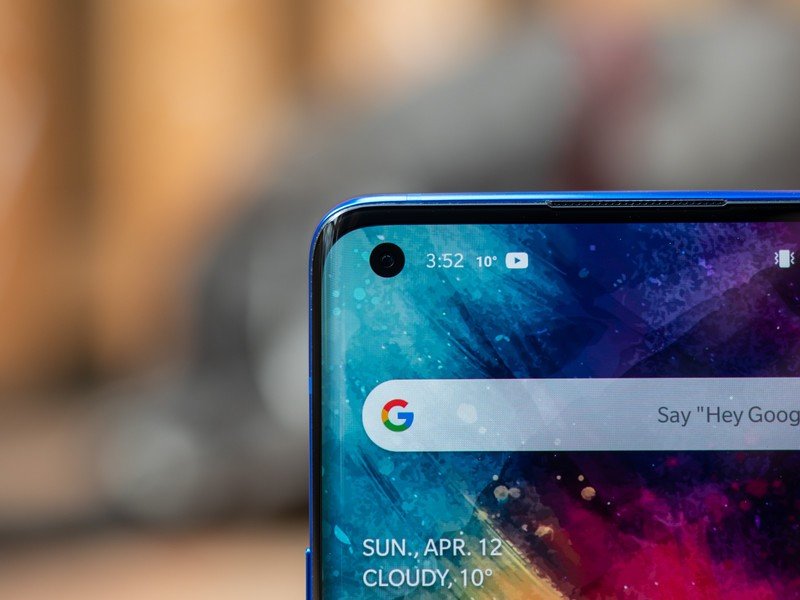
| Category | OnePlus 8 Pro |
|---|---|
| Operating System | Android 10OxygenOS |
| Display | 6.78-inch AMOLED3168x1440 (19.8:9), 120Hz |
| Processor | Snapdragon 865 |
| Memory | 8/12GB |
| Storage | 128/256GB |
| Rear Cam 1 | 48MP, ƒ/1.78, OIS |
| Rear Cam 2 | 48MP, ƒ/2.2, 119° ultra-wide |
| Rear Cam 3 | 8MP, ƒ/2.2, 3x telephoto |
| Rear Cam 4 | 5MP, Color Filter |
| Front Cam | 16MP, ƒ/2.4 |
| Security | In-display fingerprint sensor |
| Audio | Dual speakersUSB-C |
| Battery | 4510mAh30W Warp Charge30W Wireless charging |
| Water Resistance | IP68 |
| Dimensions | 165.3 x 74.3 x 8.5mm199g |
We've already seen all the accolades heralded at the OnePlus 8 Pro's "A+, record-breaking" display. It's bright, it's color-accurate, and it offers never-before-seen low reflectivity levels on an AMOLED display of this size and luminosity. Indeed, using the phone outdoors is a dream. But there's a clear pink hue that shows up when shifting a few degrees off-center, and it's occasionally distracting. That's about the only criticism I have of the screen, though: in every other way, it's practically perfect. It even supports QHD resolution and a 120Hz refresh rate — something that Samsung can't, or refuses to, offer.
Let's talk about that 120Hz refresh rate for a minute. This is now the third phone I've used, after the ROG Phone II and the Galaxy S20+, that clocks a refresh rate double that of the industry standard, and it's indeed glorious. OnePlus has an edge here mainly because its OxygenOS already feels faster than every other version of Android out there, so this just takes things to the next level. Going back to a phone with a 60Hz panel feels like a handicap, like your eyes are playing tricks on you. It's really that significant. The difference is even obvious next to the OnePlus 7 Pro's 90Hz panel, though not nearly to the same extent.
I keep having to remember that I've used almost all of the phones released over the past couple of years (yes, I'm incredibly privileged) and that while the upgrade to high-refresh rate screens is still wonderful, a bit of air has escaped the balloon. If you're coming from any phone pre-2019, where this technology was all but impossible to find, you're in for a real treat, and it's one of the main reasons to update to the OnePlus 8 Pro.
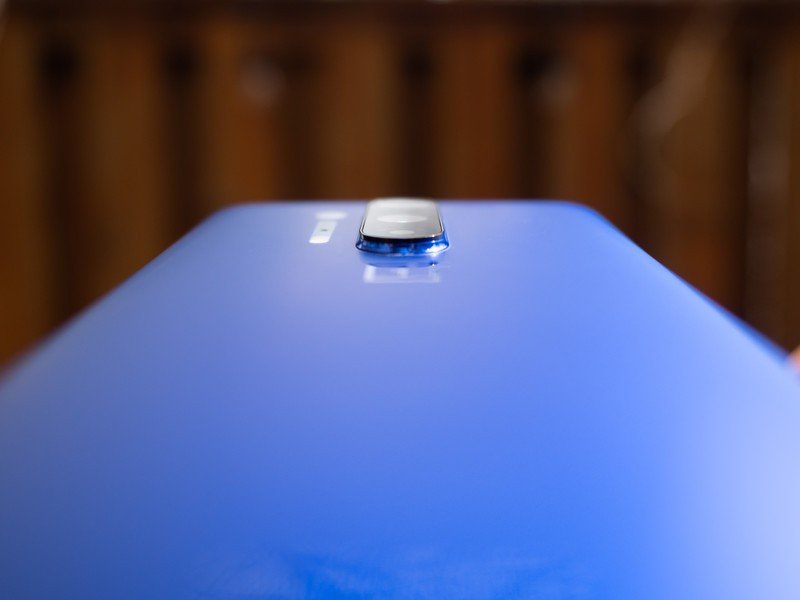
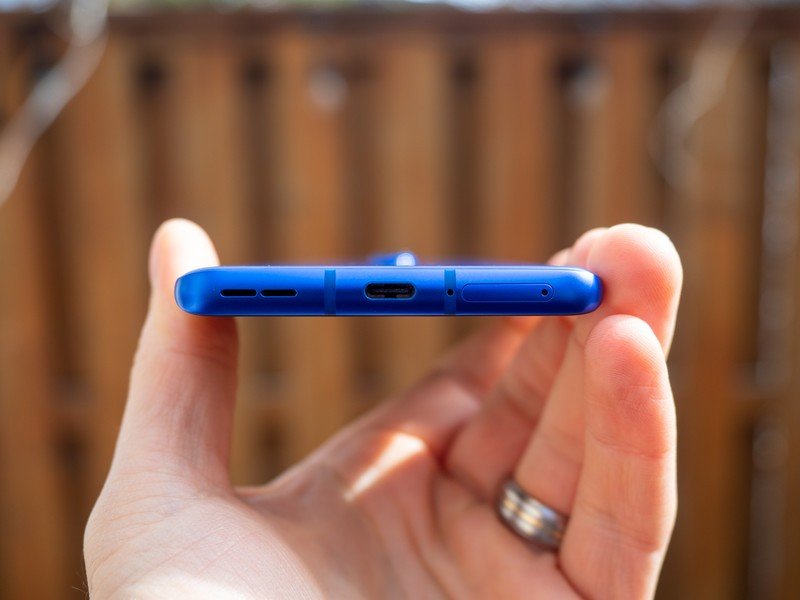
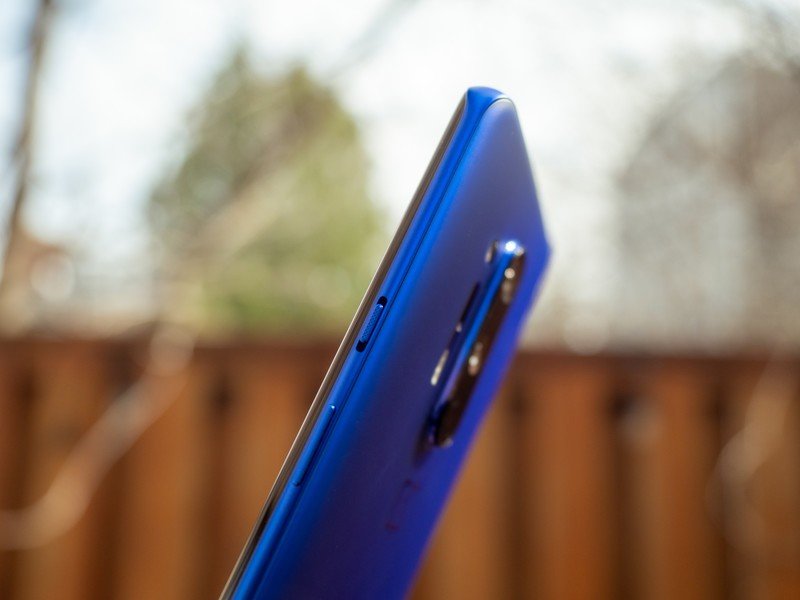
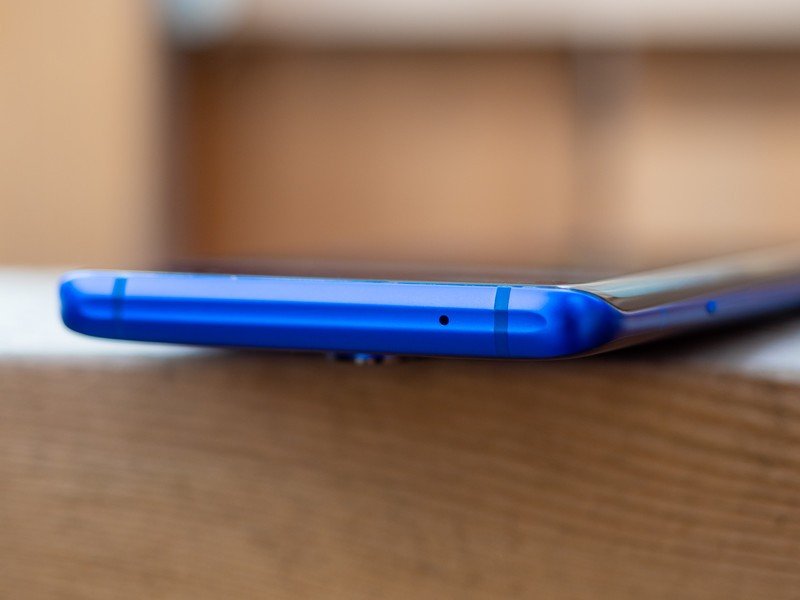
Source: Daniel Bader / Android Central
Of course, the 8 Pro is also just an objectively nice-looking phone from all sides. There are three colors available here, and two of them — Ultramarine Blue and Glacial Green — have a brushed, matte finish. It's still a slippery phone, but there's an elegance and maturity that's a parcel with a design decision like this. The green hue is striking and new, and that's why I like it; the blue is dark and rich, fading into a deep indigo in the right light. You'll like it. The black model is glossy, and while I haven't seen it in person, it's likely as magnetic to fingerprints as it sounds.
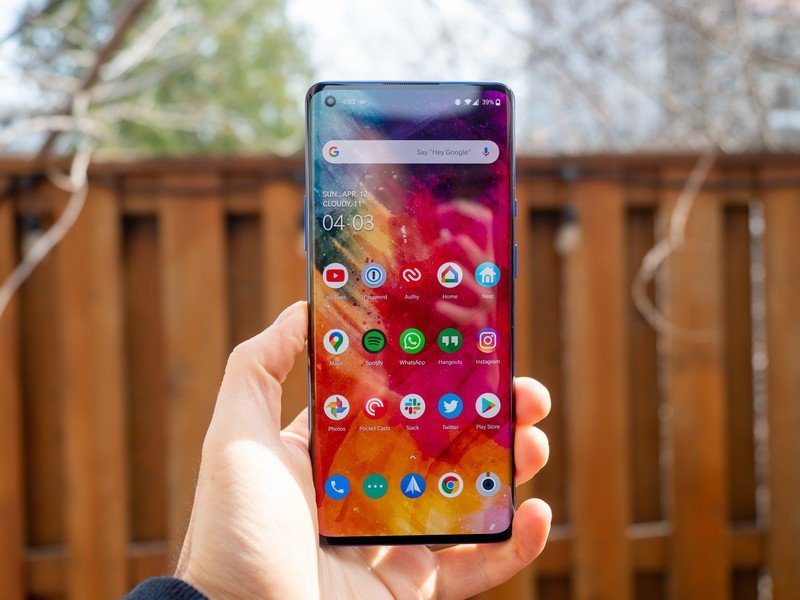
OnePlus stuck to its traditional button layout here, and it works as well today as it did five years ago with the OnePlus 2. The right-side power button sits below a three-tier volume switch — silent, vibrate, and normal — and it's still the best way to easily silence a phone you don't want annoying you during the workday.
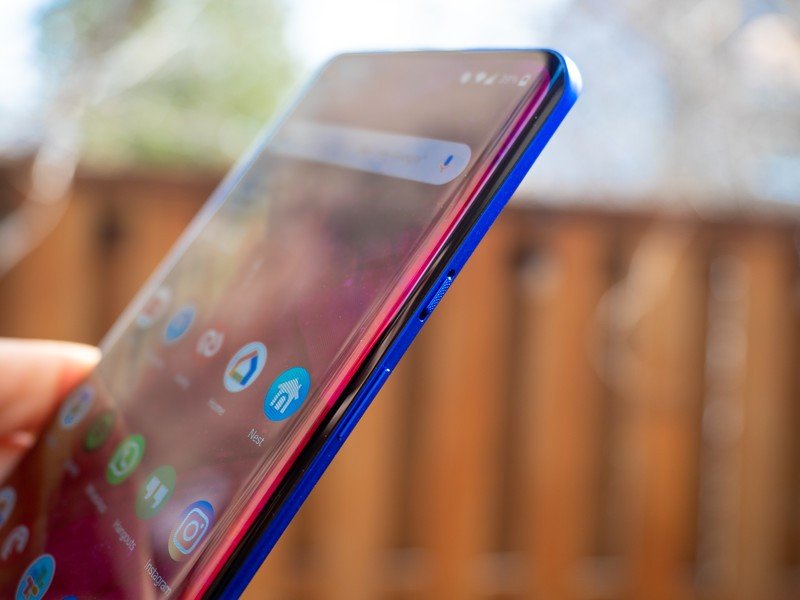
What does work so well is the sloped display, a trend even Samsung curbed with its latest Galaxy S20 series. It's not that I'm inherently against waterfall edges, but that severe a curve makes it more difficult to perform repetitive tasks like swiping to go back, or getting Android to recognize a pause to open a menu.
OnePlus phones don't have great palm rejection, either, so I often find myself having to repeat a tap or gesture because the flat part of my palm found itself resting on the right edge of the screen and the OS mistakes that for an intentional tap. The sloped edge also results in inevitable color shifts in the AMOLED display that undermine the display's other superb qualities.
Basically what I'm saying here is that less is more when it comes to curved displays, and I found myself missing the flat edges of the OnePlus 7T while enjoying the hell of out OxygenOS.
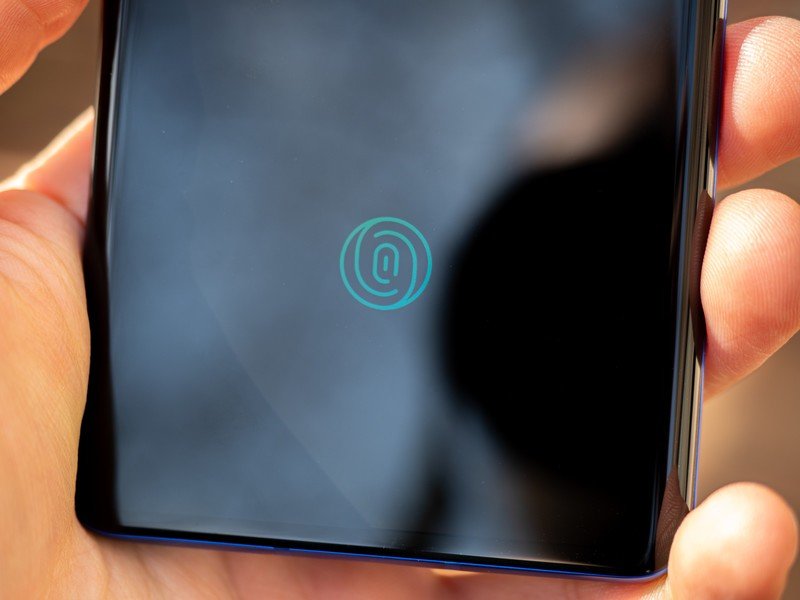
Elsewhere, the OnePlus 8 Pro has an improved optical fingerprint sensor, courtesy of Goodix, that's both fast and reliable. Unlike the Galaxy S20, I don't need to dwell too long on it — it just works — and that's all that should be necessary to say about a fingerprint sensor.
Also still great are the phone's haptics, though I noticed a slightly regression in the quality compared to the 7 Pro. OnePlus told me that the 8 Pro actually has a bigger and more powerful haptic motor than its predecessor, but the actuation feels more hollow and buzzy than before, perhaps due to the placement within the chassis. It's not bad by any means, but it's not as precise as a Pixel 4 or Galaxy S20.
Before we move on, though, I think it's important to bring up something: while this does indeed look like a natural successor to the OnePlus 7T Pro — same button layout, same sloping display, same middle-aligned camera module — it also resembles in many ways a product that most North Americans will never get to try, the OPPO Find X2 Pro. Both OnePlus and OPPO are owned by a nebulous parent called BBK Electronics (which also owns Vivo, Realme, and IQOO), and while OnePlus has gained considerable momentum in North America and Europe, OPPO has yet to make the same push (though with the Find X2 Pro it's beginning that slow climb).
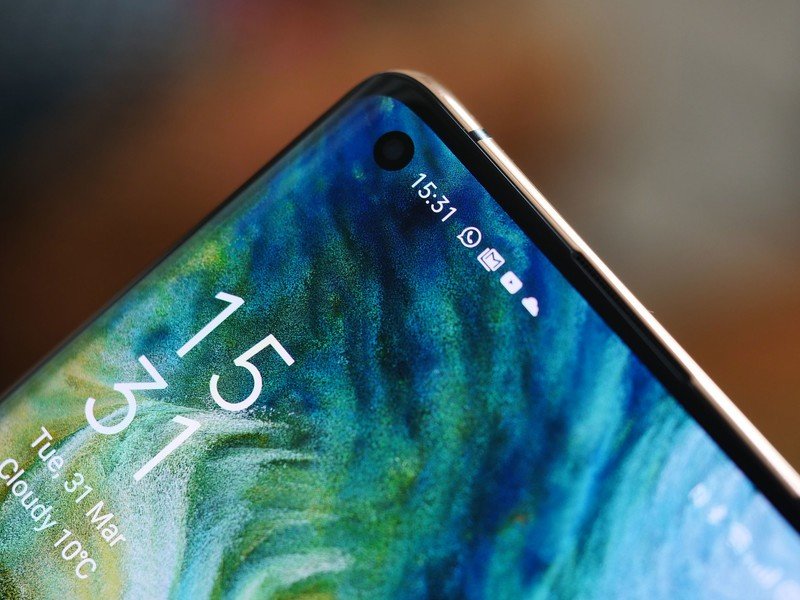
The two phones share a number of internal components and design tenets, likely for purposes of scale, but it's worth pointing out that OnePlus is likely hamstrung by a number of decisions made outside the brand itself that, for scale purposes, trickle down to the comparatively smaller company. Why's this important? Because if you're frustrated by the presence of that holepunch selfie cutout, impressed by the large primary camera sensor, or vexed by the increased cost associated with buying the 8 Pro, some of that blame can be directed elsewhere.
Another thing the OnePlus 8 Pro shares with the Find X2 Pro is an IP68 water and dust resistance rating. Yes, this is the first time a OnePlus phone has been so designated, though, like the OnePlus 8, the last couple of generations have been water resistant without the fanfare. (Strangely, the OnePlus 8 models sold at carriers are IP68-rated, but they cost more as a result.) Even though I know that the OnePlus 8, and even likely the OnePlus 7 Pro, is equally resistant, it's no less reassuring knowing that this phone has gone through the process. Still, it's wild to think it took until 2020 for the company to announce its first phone with an IP rating, and that it comes with such a steep price bump.
OnePlus 8 Pro Software, performance, and battery life

As with all OnePlus phones, the experience of using the OnePlus 8 Pro is sublime. Over the past couple of years, the company has turned OxygenOS into the perfect balance of easy-to-use intuitiveness and granular tweak-friendliness and that hasn't changed in 2020.
Off the bat, you'll find that the launcher now integrates Google's Discover feed instead of OnePlus's Shelf, which could be construed as the company acquiescing to Google's demands — or acknowledging that the Shelf was a promising experiment unfulfilled. I never really understood its purpose other than a widget depot, most of which would be better on one of the primary home screens.
Of course, the OnePlus 8 Pro has a Qualcomm Snapdragon 865 chip inside of it, replete with at least 8GB of RAM — up from 6GB in the OnePlus 7 Pro base model — and 128GB of RAM. An extra $100 — yes, that brings the price to a cool grand — gets you 12GB of RAM and 256GB of storage, which is about standard for a OnePlus upgrade, but given there's no microSD slot to speak of, it would have been nice to get a free bump to 512GB at that price. (This is also a dual-SIM phone, but the second SIM is disabled for North American users right now; a future software update will enable it.)
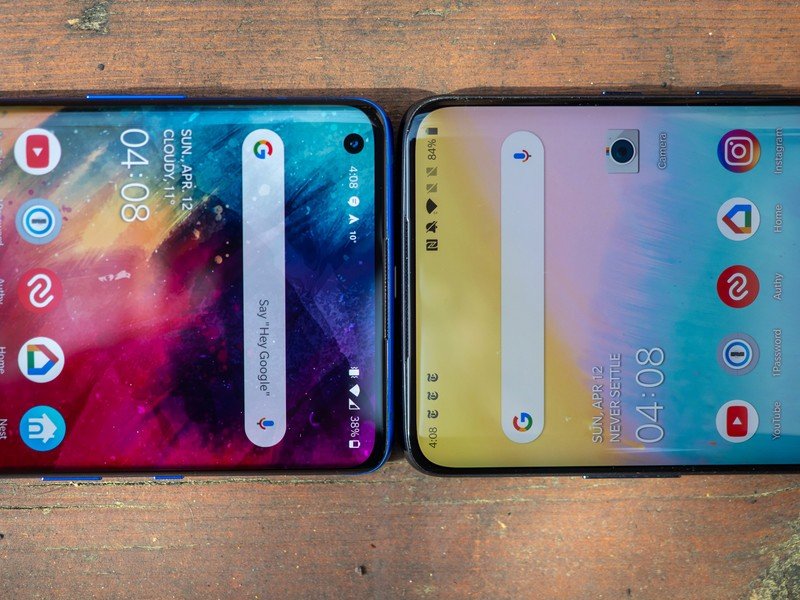
While OnePlus is making a big deal of the fact that the OnePlus 8 Pro uses LPDDR5 RAM, we already saw the faster and more-efficient upgrade come to the Galaxy S20 lineup earlier this year, and it seems likely that most high-end phones running a Snapdragon 865 will follow suit. The upside is a fairly significant decrease in latency compared to LPDDR4 —15-30% depending on the situation — and a 10-15% increase in power efficiency, which contributes to the OnePlus 8 Pro's excellent battery life.
Using the OnePlus 8 Pro offers one of the best Android experiences out there right now.
I won't couch it: with its 120Hz display, highly-optimized OxygenOS software, and plenty of under-the-hood tweaks, the OnePlus 8 Pro feels like the fastest phone I've ever used. Yes, it's a subjective feeling, but I don't think anyone would dispute it, even if the Galaxy S20 feels similarly speedy. We're talking split-second differences, but they all add up.
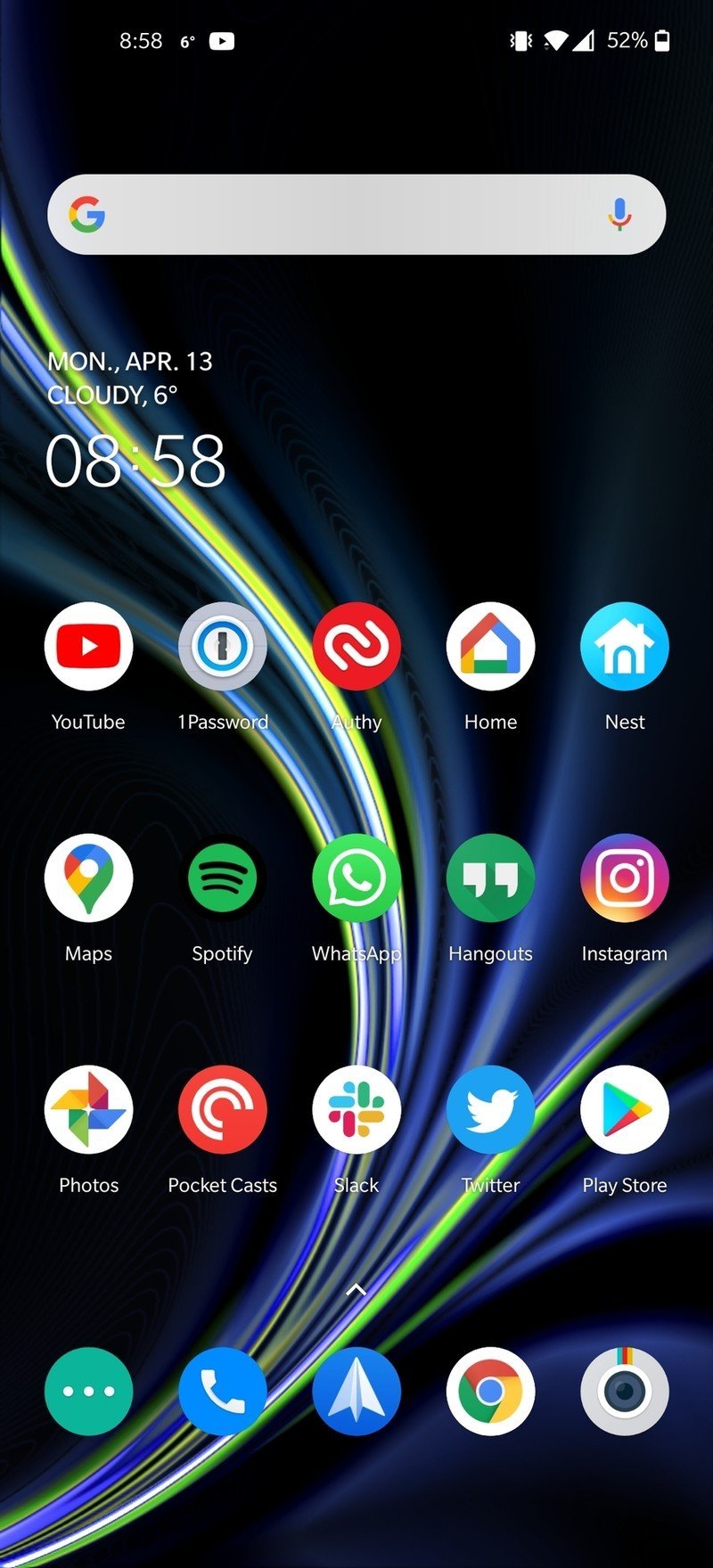
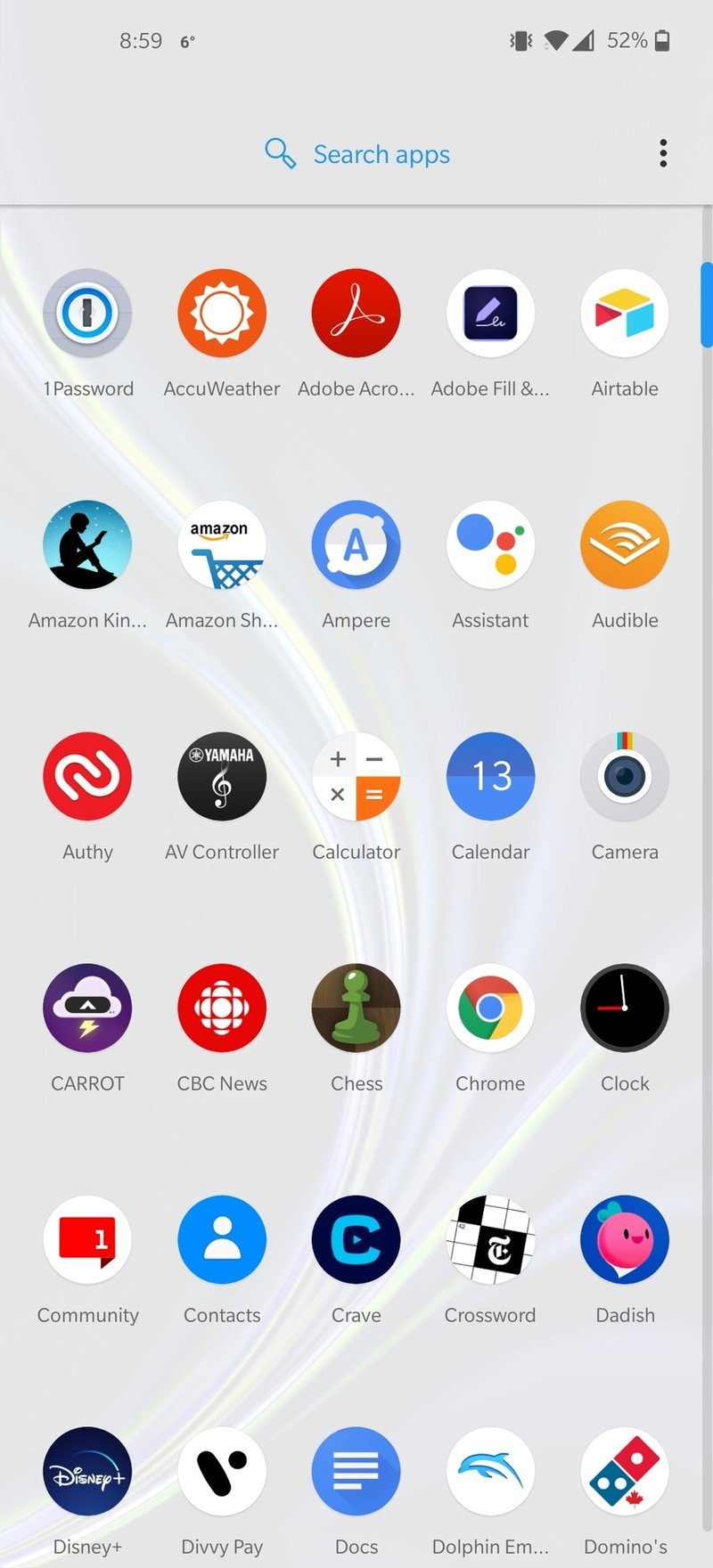
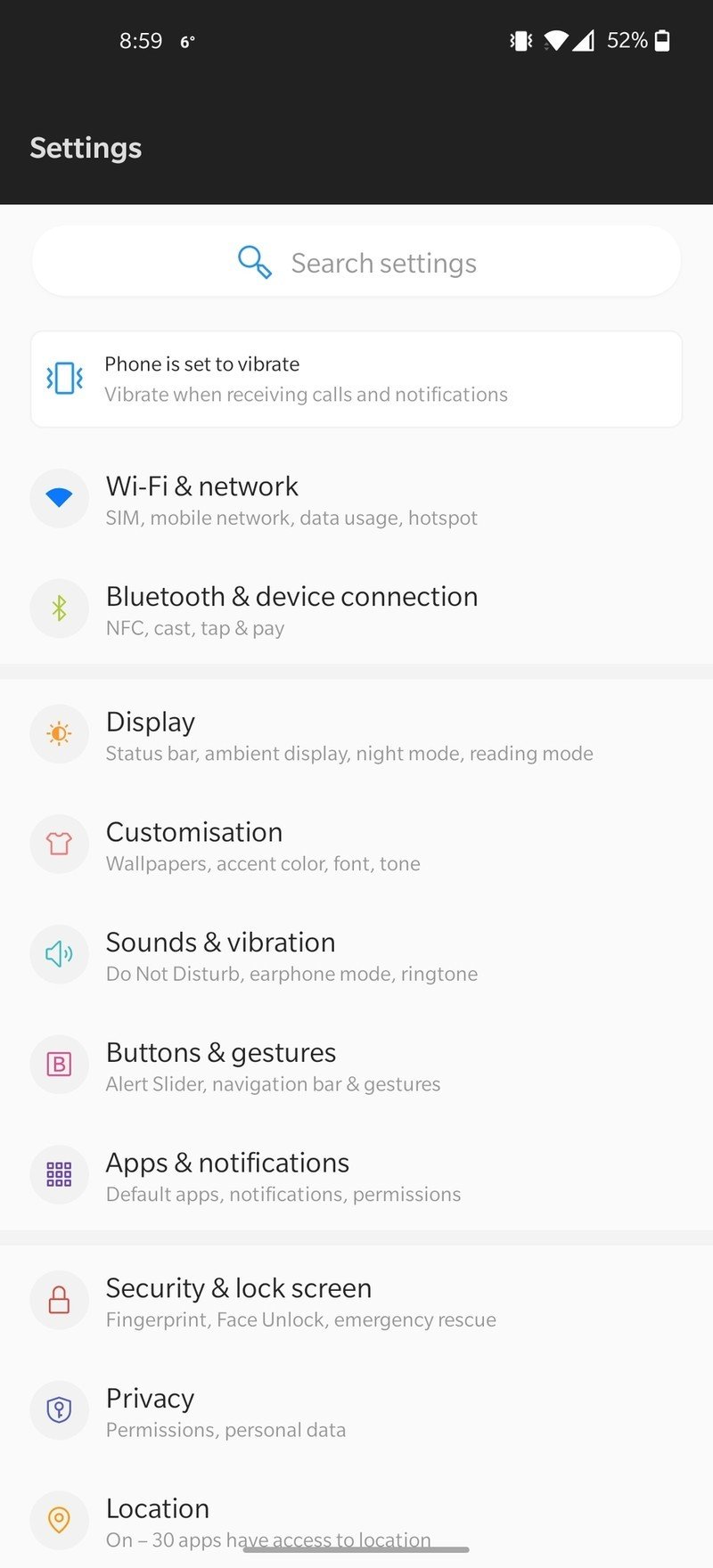
Source: Daniel Bader / Android Central
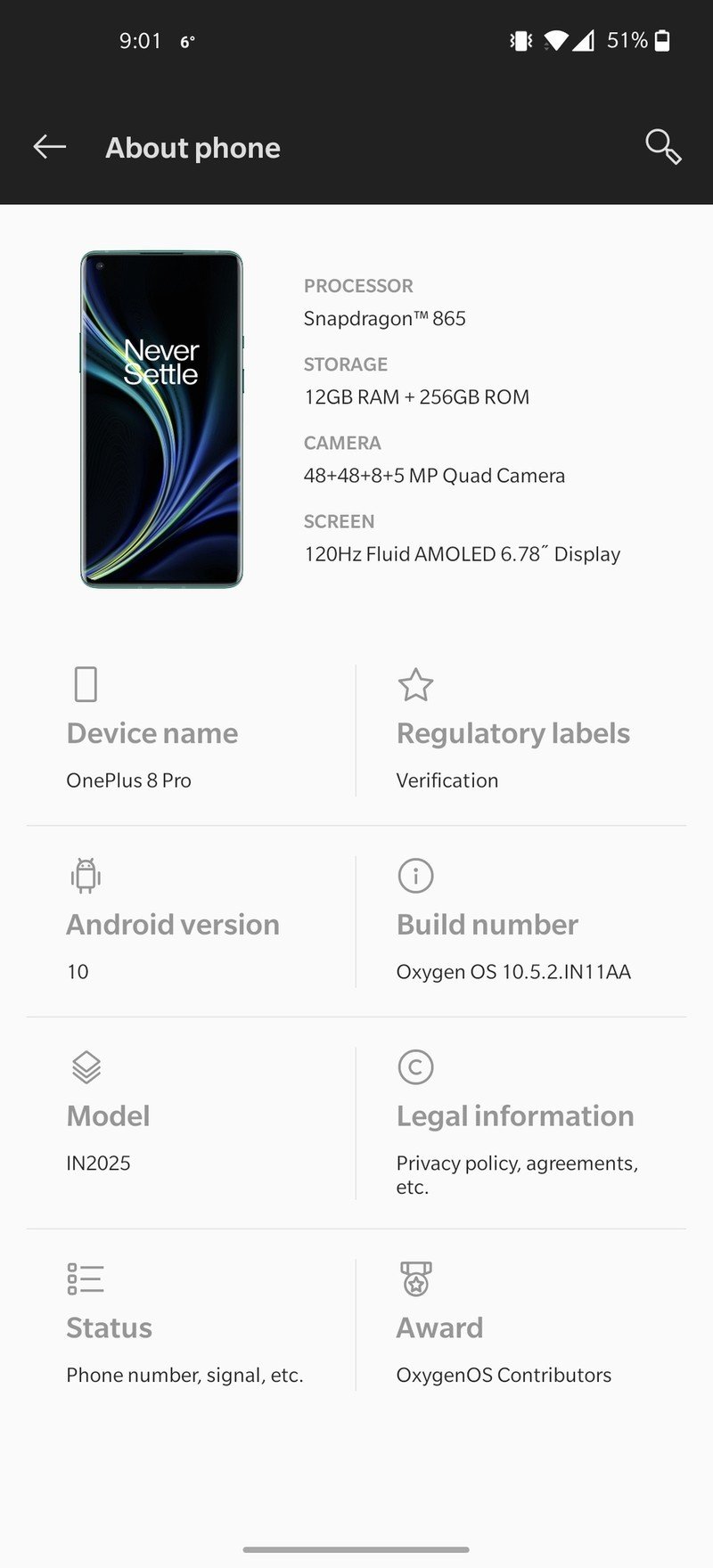
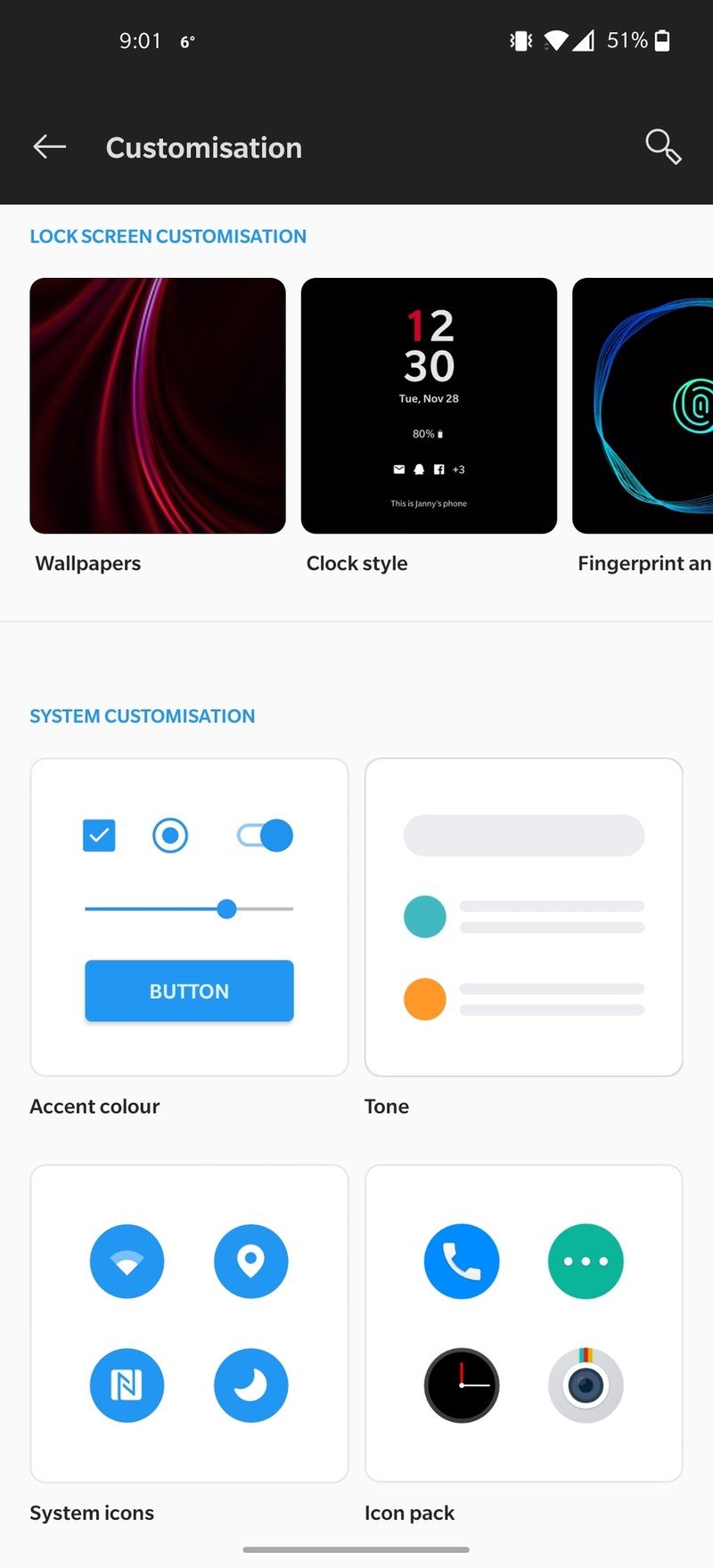
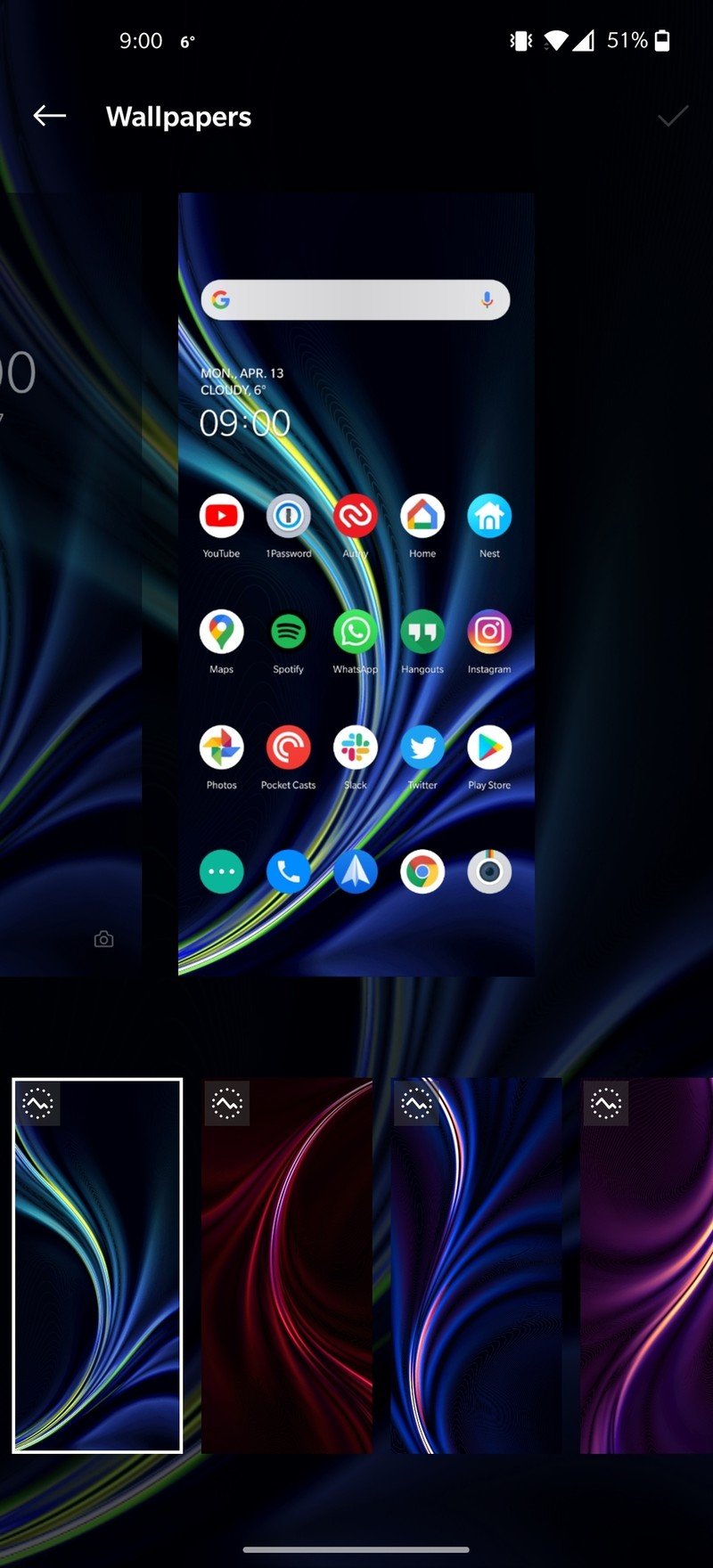
Source: Daniel Bader / Android Central
OnePlus hasn't cleared all of the phone's software cobwebs yet, though. Despite a software update issued about a week ago, which should match what customers get when they receive their phones in late April, I found the phone intermittently glitchy and slow. Every once in a while, the keyboard would get too laggy to type on.
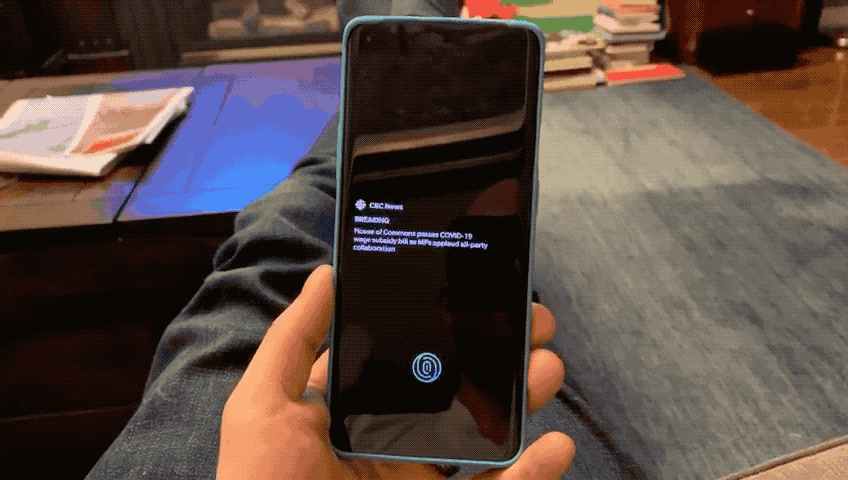
Occasionally, it would just freak out and force me to restart the phone. I'm chalking these up to growing pains with the new platform, since OnePlus has been running Android 10 for months on older phones, but I'll report back if these bugs persist after the phone is released publicly.
One thing that's working really well this year is battery life. The OnePlus 8 Pro has a 4510mAh battery, some 12% larger than the 7 Pro's, but the battery life is more than 12% better. In my nearly two weeks testing the OnePlus 8 Pro, I didn't have to recharge once during the day (though I occasionally did because the phone now supports wireless charging). Most days, I ended with around 20% left in the tank, though the occasional lighter day would leave with me more.
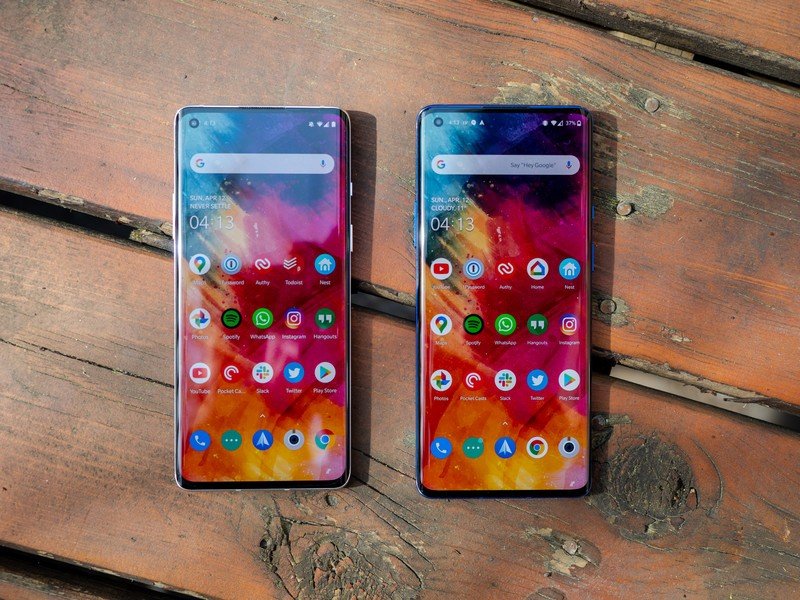
Now, disclaimer: I, like you, am stuck at home, using the phone's cellular connection sparingly, and using it a little differently than I would if I were able to visit friends and family, and regularly leave to do fancy things like eat at restaurants or go to a movie. While I'm using my phone more during the day than ever (just like you, admit it), being on Wi-Fi for most of it isn't a realistic fascimile of what life is (eventually going to be) like for the average person.
Battery life has been outstanding, but I'm not leaving the house enough to simulate real-world usage.
To mitigate some of this work-from-home bias, I set reminders on the phone to disable Wi-Fi for periods of time during the day, and ensured that my test procedures, including listening to music and podcasts, playing games, and other activities I would do while walking or taking public transit, mimicked my old routines as much as possible.
Anyway, battery life is great, and you'll be happy with it. Even greater is the addition of wireless charging, yet another seriously, you waited 'til 2020 for this? addition to the 8 Pro. But as snarky as I want to be about this late addition to a technology that has been essential to my workflow for years, OnePlus did it right.
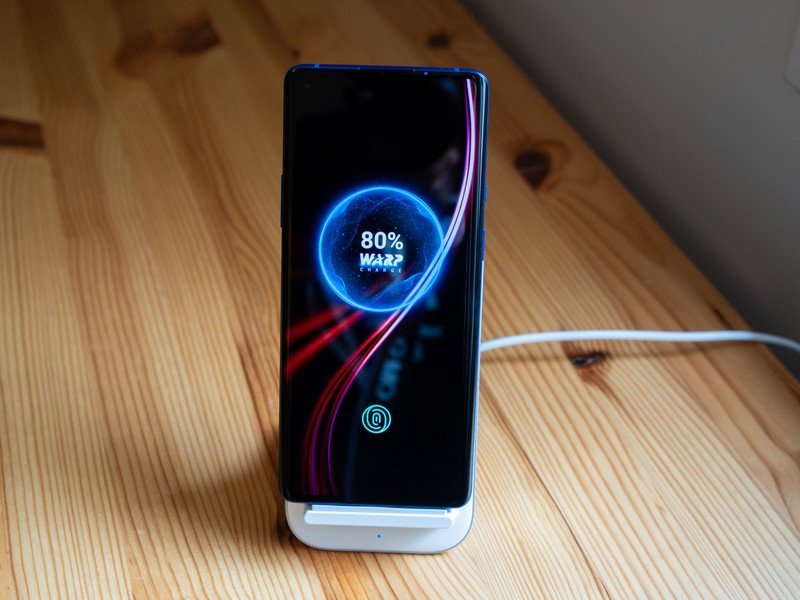
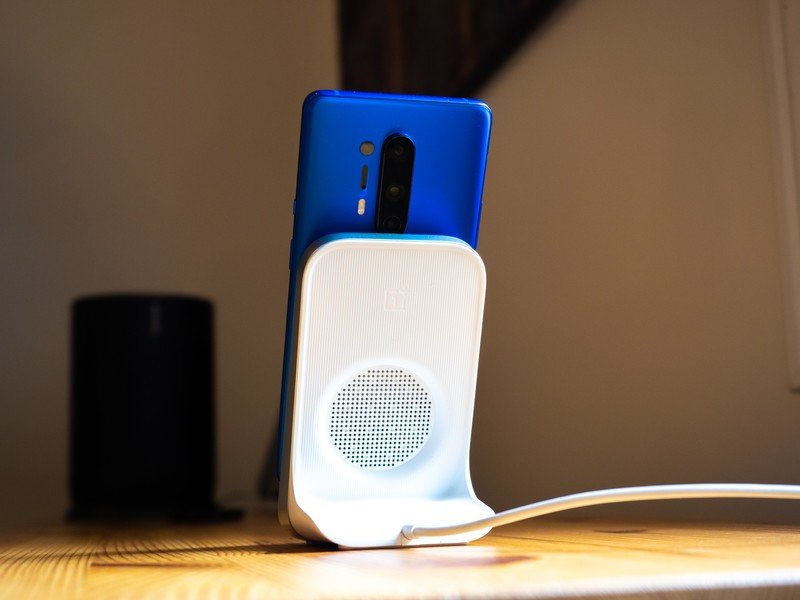
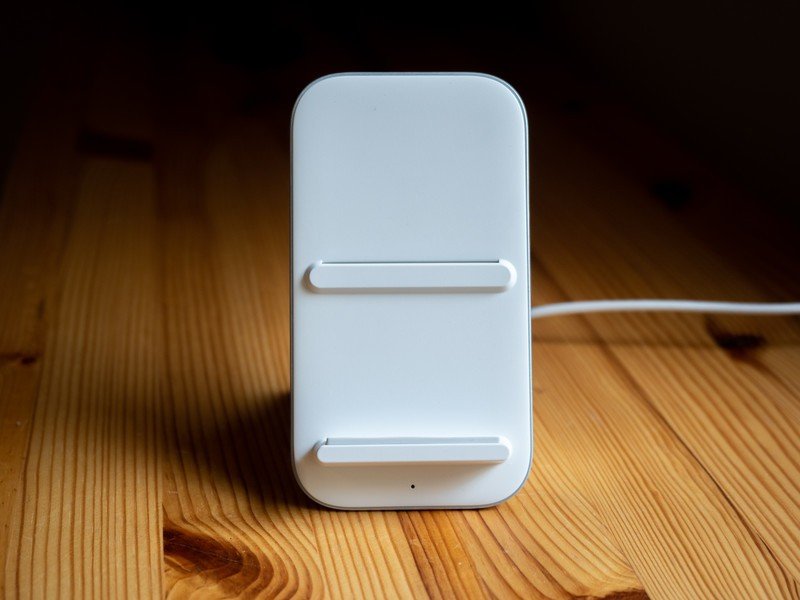
Source: Daniel Bader / Android Central
The company's CEO, Pete Lau, has said again and again that he didn't want to offer wireless charging on OnePlus phones until the company could solve the speed problem, and with Warp Charge 30 Wireless, that's not an issue. With a specialized $70 charging stand, the OnePlus 8 Pro goes from dead to 50% in 30 minutes, and to full in just over an hour. It's only a few minutes slower than the 30W wired charging the company's been offering since last year, though the phone is compatible with standard Qi chargers up to 10 watts.
A high-speed wireless charger also means heat, so there's a fan on the back to dissipate any excess. OnePlus knows that when you don't have a need for speed — say charging the phone overnight next to your bed — it slows down the process, keeping the battery safe and your ears undisturbed (the fan is actually pretty loud in a quiet room).
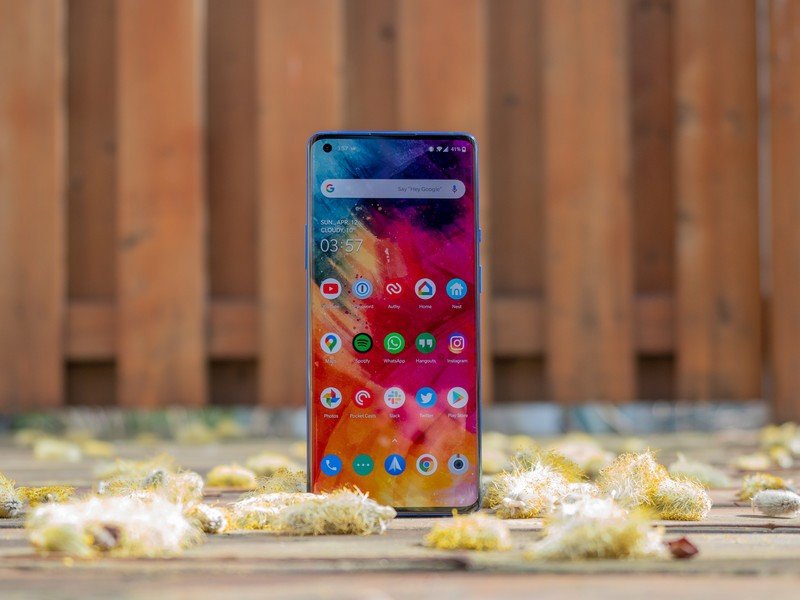
One more performance caveat to note: like all phones with the Snapdragon 865, the OnePlus 8 Pro supports 5G, but in the U.S., it only works on T-Mobile and Sprint (which are now one company). That means it works on low- and mid-band spectrum, but not on the high-frequency millimeter-wave signals that Verizon is touting as essential to the future of the ecosystem. There will be a separate version of the smaller OnePlus 8 for Verizon, but that phone will only work with millimeter-wave and not the other, easier-to-find low-band spectrum. (Also of note: while the OnePlus 8 Pro technically supports AT&T's mid-band 5G spectrum, it's not certified to work on the network so you'll only get LTE.)
Basically, the 5G rollout in the U.S. is still a mess. If you want a phone that works on all of the 5G bands in the country, get a Samsung Galaxy S20+ or S20 Ultra. But that honestly shouldn't be a priority right now. If you get 5G, great, but don't buy this phone because you think 5G will change your life. Eventually, once T-Mobile and Sprint have combined their networks and 5G signals are both fast and everywhere, then you can and should care.
OnePlus 8 Pro Cameras
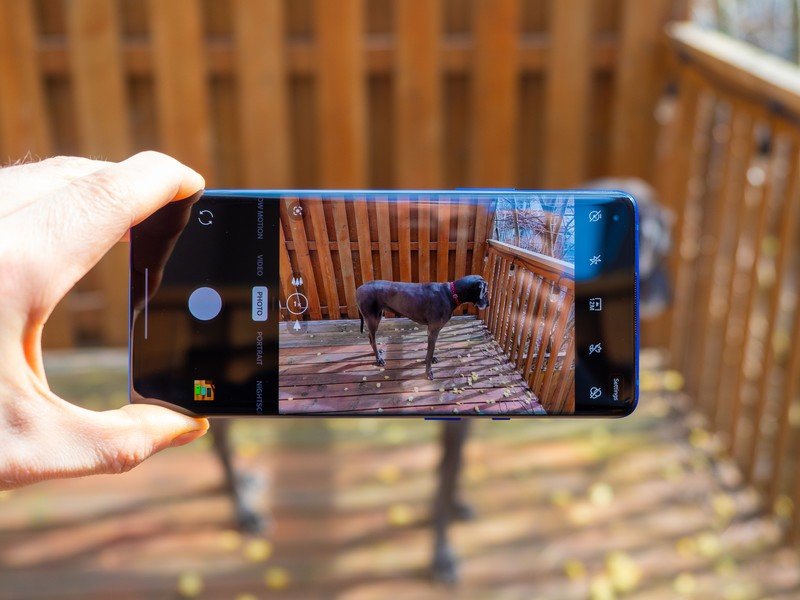
I'll be blunt: the OnePlus 8 Pro has a great set of cameras, but they're still not on the same level as the best of the best. That doesn't mean the improvements aren't meaningful, though; if you've been avoiding OnePlus phones because of their cameras, this will probably change your mind.
The primary sensor is where things have changed the most. The Sony IMX689 sensor is 35% larger than the one in the 7 series, bringing in more light to each of the 48 megapixels. That does wonders for low light, as we'll see later, but mainly it gives OnePlus a lot more breathing room in almost every shooting situation. Couple this with major improvements to multi-frame stacking via the Snapdragon 865's image signal processor and you have a camera that shoots well in every environment.
As we saw with the Galaxy S20 Ultra and Huawei P40 Pro, though, a larger sensor makes for photos with a shallower depth of field, offering natural, rolled-off bokeh, but in turn it makes it trickier for you, the photographer, to obtain and keep focus. OnePlus employs both phase-detection and laser autofocus here, but I still found a few photos that didn't acquire, or maintain, sharpness when I tapped the shutter button.
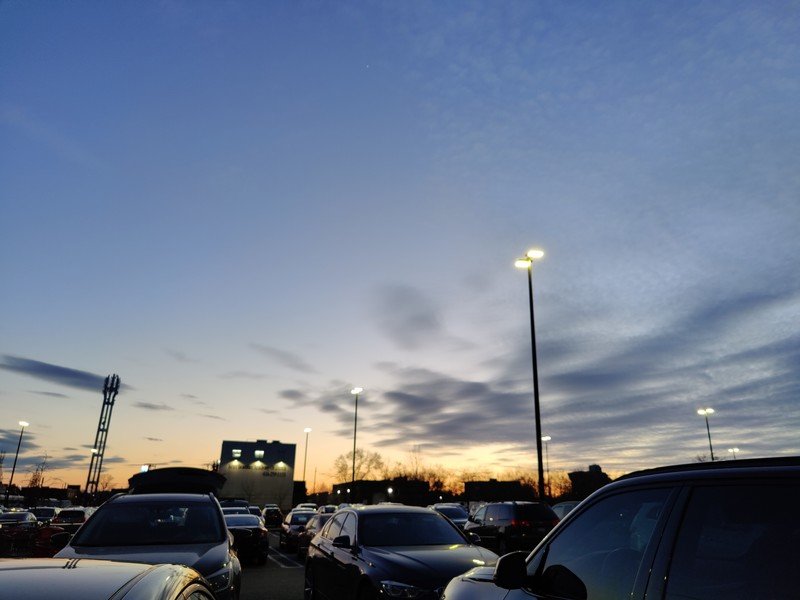

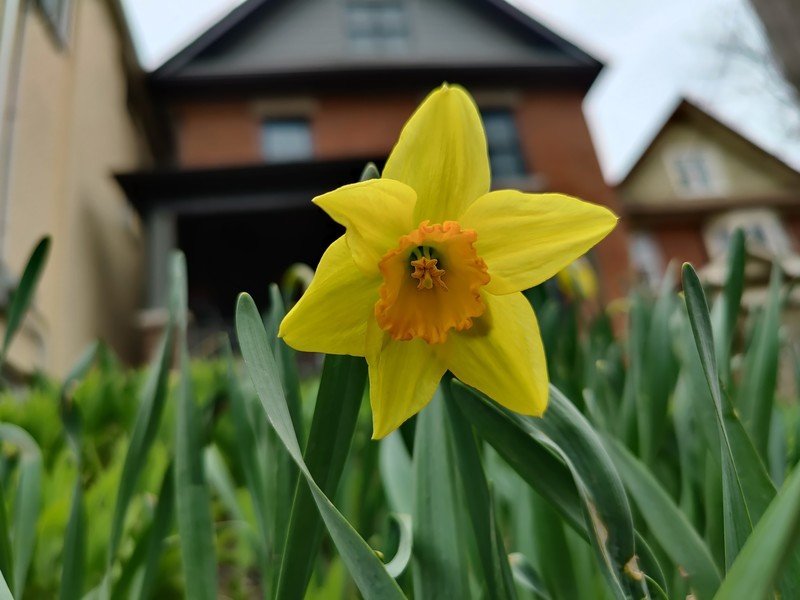
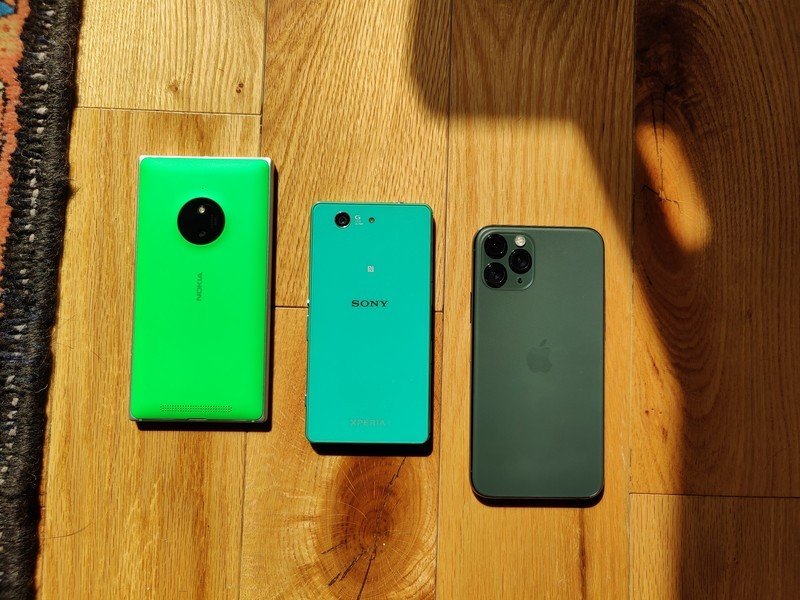


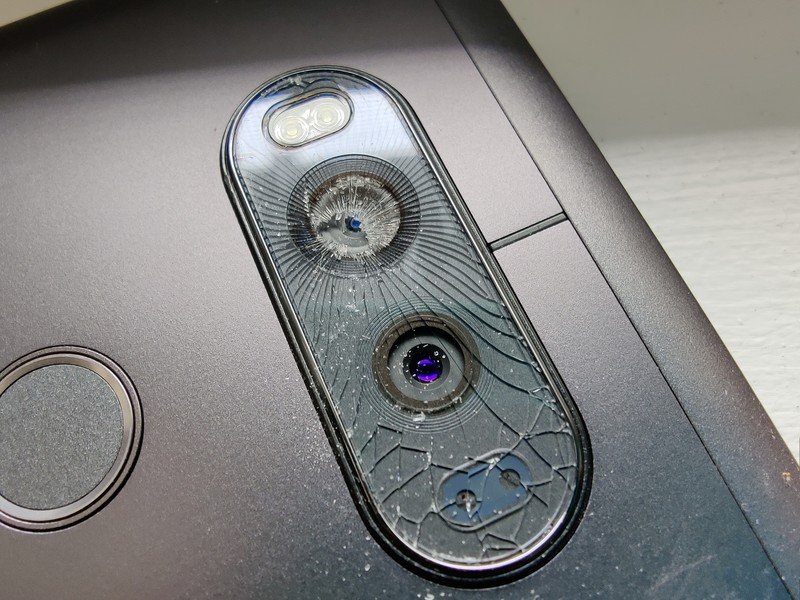




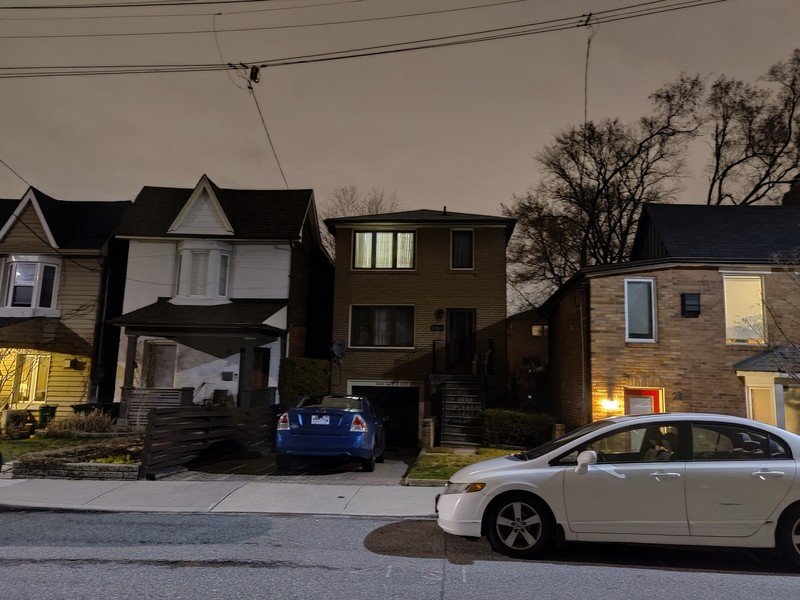
While the new sensor puts you at a physics-based advantage over previous OnePlus phones, the company's typical chromatic characteristics haven't changed much. Colors are natural and muted compared to identical photos from a Samsung phone, and HDR is very good at bringing out highlights in shadows while preventing blown-out skies, but it still doesn't do as good a a job as a Galaxy, iPhone or Pixel.



OnePlus 8 Pro regular / telephoto / wide (top) | Galaxy S20+ regular / telephoto / wide (bottom)



And despite the larger sensor, photos taken indoors are very noisy, though it's because OnePlus is actually doing what I've asked other companies to do forever: detect motion and ramp up shutter speed to prevent blur. I ended up with a lot more usable photos of my daughter from the OnePlus 8 Pro than my Galaxy S20+ mainly because OnePlus understands that parents don't really mind grain as long as they can distinguish facial features.
The problem is that OnePlus employs a similar, though not as severe, form of facial smoothing as Samsung, so indoors you're left with photos that aren't necessarily blurry, but lack any life or energy.
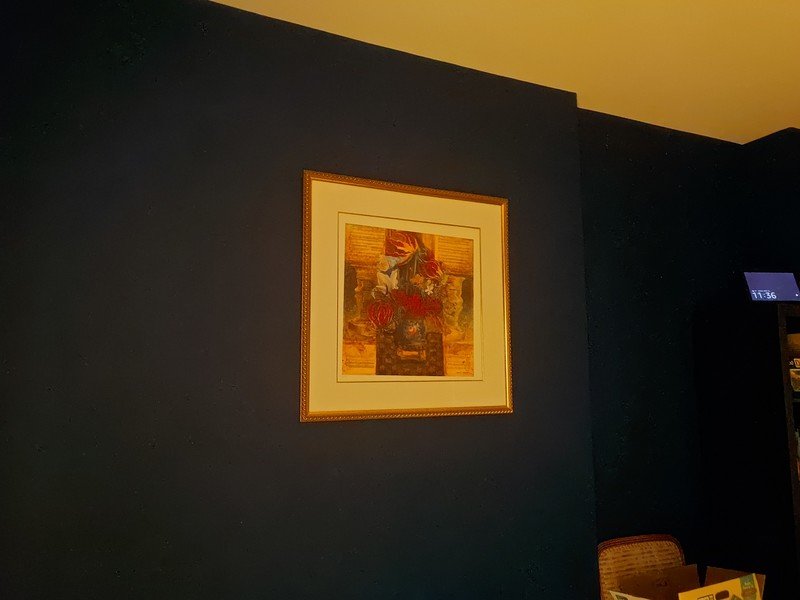
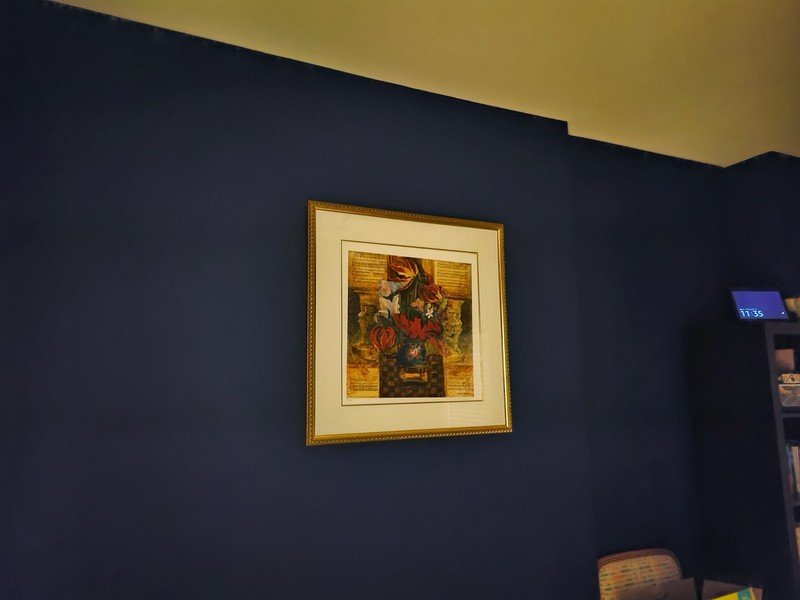
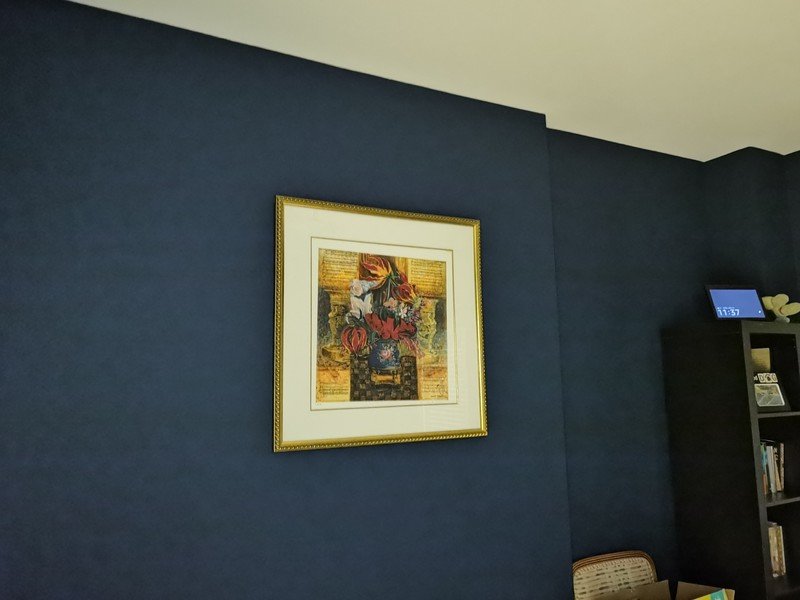
OnePlus 8 Pro (left) | Galaxy S20+ (middle) | Huawei P40 Pro (right)
Low-light and night mode photos fare better than ever before, but once again OnePlus is trounced by its immediate competitors. The company's made huge strides in Nightscape processing, for sure, and most shots I took in the dark turned out nicely, but compared to the Galaxy S20+ and P40 Pro, the OnePlus turns in dead last.


Source: Daniel Bader / Android CentralAn example of the weird halo effect around subjects in some of the photos taken with the OnePlus 8 Pro. This comes from an error while stacking multi-frame photos on top of one another.
I also encountered a very strange bug in a few of the photos I took, where it looks like the multi-frame stacking failed, causing a weird halo around the subject. I'd say this happened in one of every 10 photos I took, but the results were both eery and frustrating, marring a number of otherwise-great pictures. I'm sure this is something OnePlus can fix with a software update, though.
Another bug cropped out when shooting 4K30 video: the beginning of nearly every video would drop a few frames until it caught up with itself and continued capturing otherwise-beautiful and well-stabilized footage.
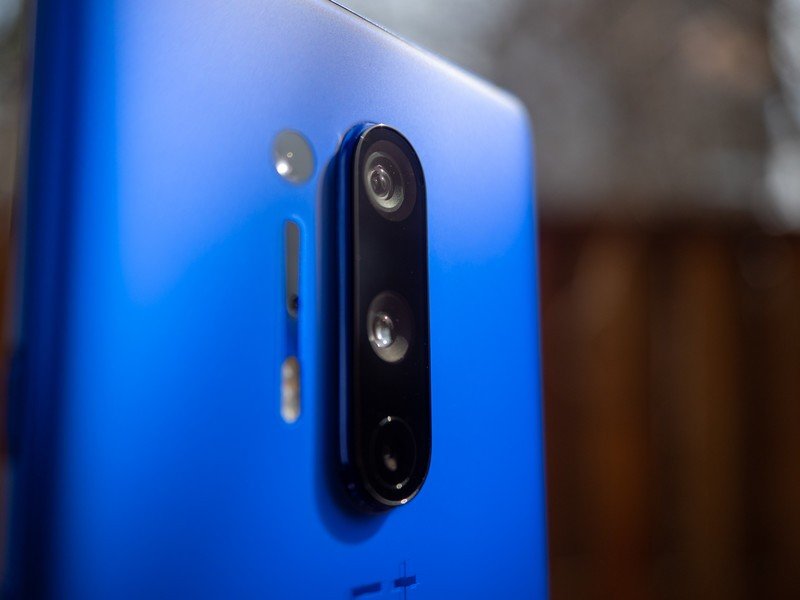
The other two (well three) sensors are a mixed bag. The 48MP wide-angle sensor was appropriated from the 7 Pro's main one, so it's very good, and the quality improvement shows. Colors are rich and lush, and there's a degree of detail that's just missing from other competing phones. OnePlus has also made the transition between the lenses comparatively fluid, which is appreciated.
The OnePlus 8 Pro has fantastic primary and wide-angle cameras, but the telephoto is a let-down.
Then there's the 3x telephoto solution. This continues to be OnePlus's Achilles' Heel, and it's a real disappointment. It's the exact same sensor/lens combo as on the 7 Pro, which takes a 12MP shot and crops it to 8MP for a "lossless" 3x zoom, but photos are often poorly exposed, lifeless, and lack fine detail. The telephoto does, however, provide depth data for the much-improved portrait mode on this year's phone, so at least there's that.

On the plus side, OnePlus retained the excellent Super Macro mode from the 7T here, using the wide-angle's autofocus to get tantalizingly close to subjects. And unlike the OnePlus 8, which uses a separate low-quality 2MP macro camera, you get all 48 megapixels to work with here. Given that it's early spring here in Toronto, taking macro photos of blooming flowers has been one of the few respites from the mundanity of quarantine life. (Will people scoff at that sentence a year from now? We'll see.)
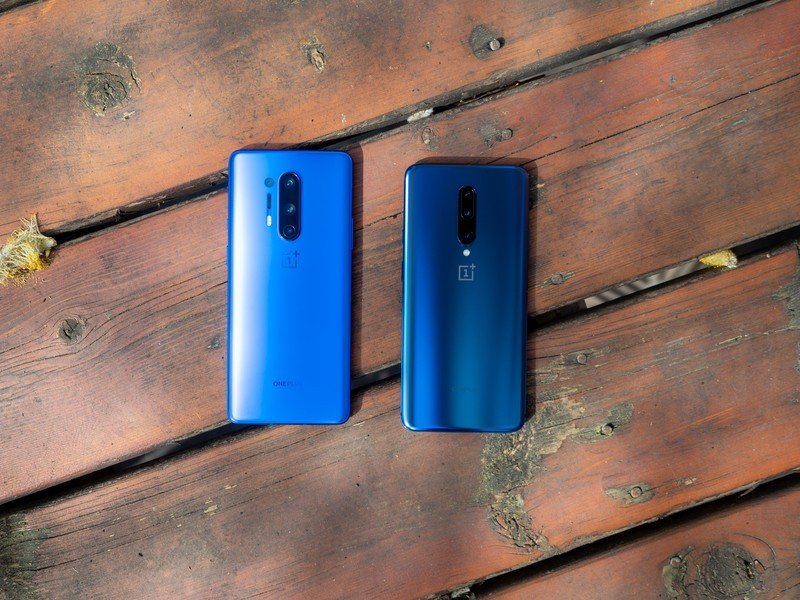
Finally, OnePlus has added what it calls a 5MP 'Color Filter' camera to pad out the spec sheet, which is about all I can say about this strange augmentation. Unlike what it sounds like, it doesn't impact the colors of photos taken with the main sensor. Instead, it requires a toggle inside the camera app to switch over to it, whereby you can take photos in 'Matte', 'Vivid', 'Black & White', and something called 'Photocron'. While I can appreciate that OnePlus gave us a hardware solution for a traditional software problem, its value is not clear, especially if the entire camera experience is stuck behind a toggle that, on other phones, merely employ filter overlays.
Overall, I think the upgrade to the primary OnePlus 8 Pro sensor justifies the price of admission alone — the improved wide-angle and macro modes are a bonus. Given the bump in price, an improved camera is just about the most important upgrade you can expect, and OnePlus delivered — for the most part. And while I hate putting stock in "future software updates bring camera improvements," OnePlus is fairly dependable in this regard.
OnePlus 8 Pro The Competition
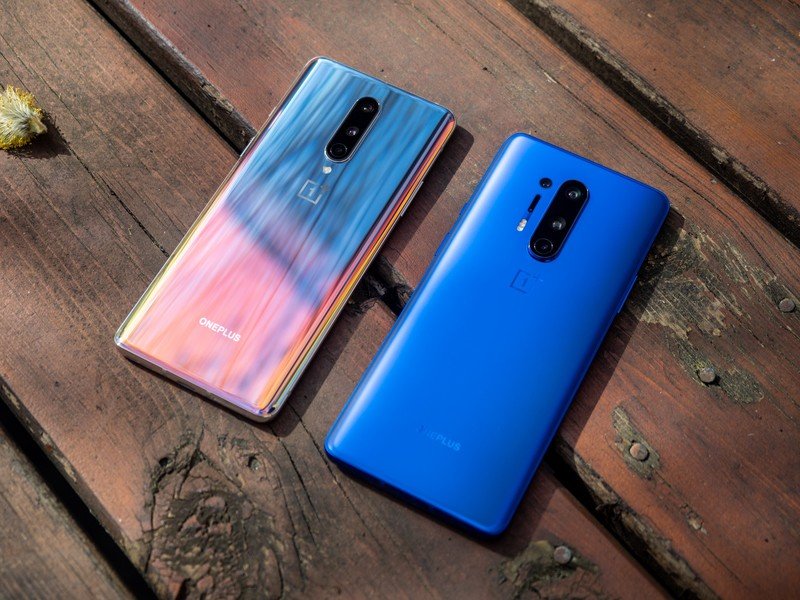
There's no question that OnePlus put itself in an awkward position this time around, ramping up the base price of its best phone to a hair under $900. In the OnePlus world, that's unheard of, and could alienate a subset of its long-time fan base. Flipping the script and calling the 8 Pro an "ultrapremium" offering may be nice spin, but most people are going to see a linear bump of $230 between last year's phone and this year's. Period.
It also puts the OnePlus 8 Pro in a weird position of not being significantly cheaper, at least out of the gate, than its competition. The Galaxy S20+, its closest spec-for-spec and, increasingly, audience-for-audience rival is currently $1000, $200 off its MSRP. The smaller Galaxy S20 is just $800.
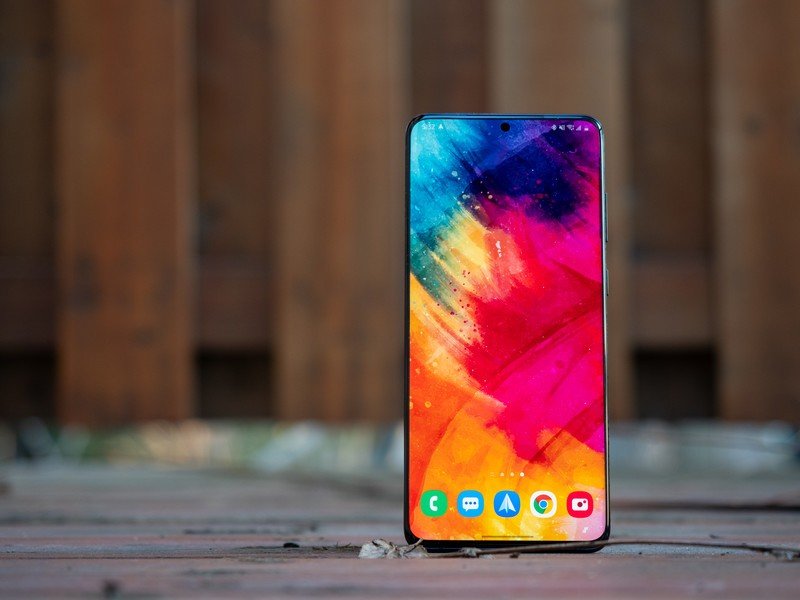
The LG V60, which isn't sold unlocked in the U.S., costs between $800 and $900 depending on the carrier, and comes with a dual-screen accessory and a headphone jack, if that's your thing. The Pixel 4 XL is currently $600, which, if your priority is photo quality, is an outstanding deal.
Then there are the older OnePlus phones. The company says it will continue to sell the 7 Pro and 7T for as long as there is stock, and that means deep discounts – right now both phones are $499 brand new — on phones that will continue to receive updates for at least a couple more years.
OnePlus 8 Pro Bottom line
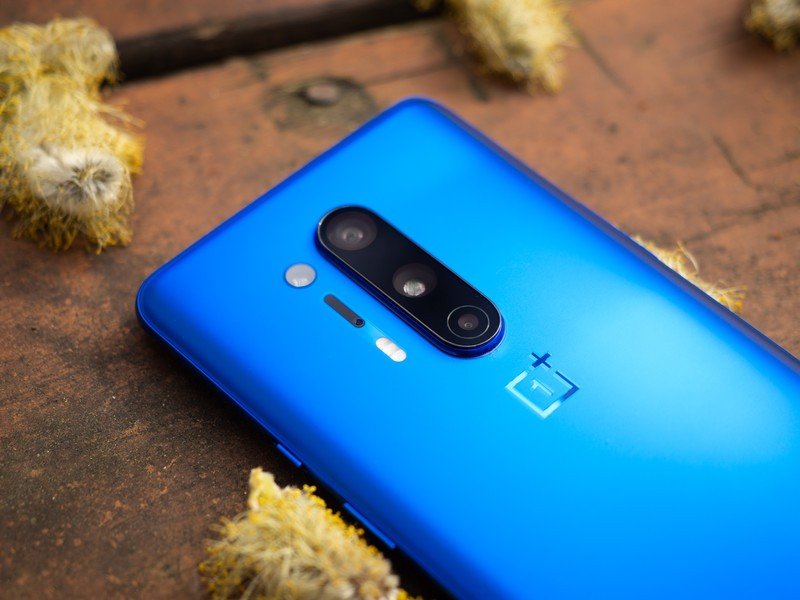
If you're buying a phone right now, you have to make a lot of considerations. The first is whether you need to spend upwards of a thousand dollars on one — the Moto G Stylus that comes out this week costs just $299, and the rumoured Pixel 4a will likely be under $400. Increasingly, buying an expensive phone isn't about nailing the basics but about adding bulk to what is already a pretty good foundation.
The second is how you're going to buy it. OnePlus doesn't plan on selling the 8 Pro through any U.S. carriers, which is in stark contrast to the cheaper and less feature-rich OnePlus 8, which will be available through T-Mobile and Verizon. OnePlus offers generous trade-in and return policies, as well as financing options, but carriers are still how most people buy phones in North America.
4.5 out of 5
The third is whether the OnePlus 8 Pro is the right phone for you. That part I can help you answer: even at $899, it offers better value than the Galaxy S20+, and most other flagship phones released this year, for that matter. It may not be perfect in every category, but it's close in many, and the additions of fast wireless charging and IP68 certification, an upgraded camera, significantly better battery, a stunning 120Hz AMOLED panel, and a considerable number of other quality-of-life improvements, do more than enough to justify the price bump.
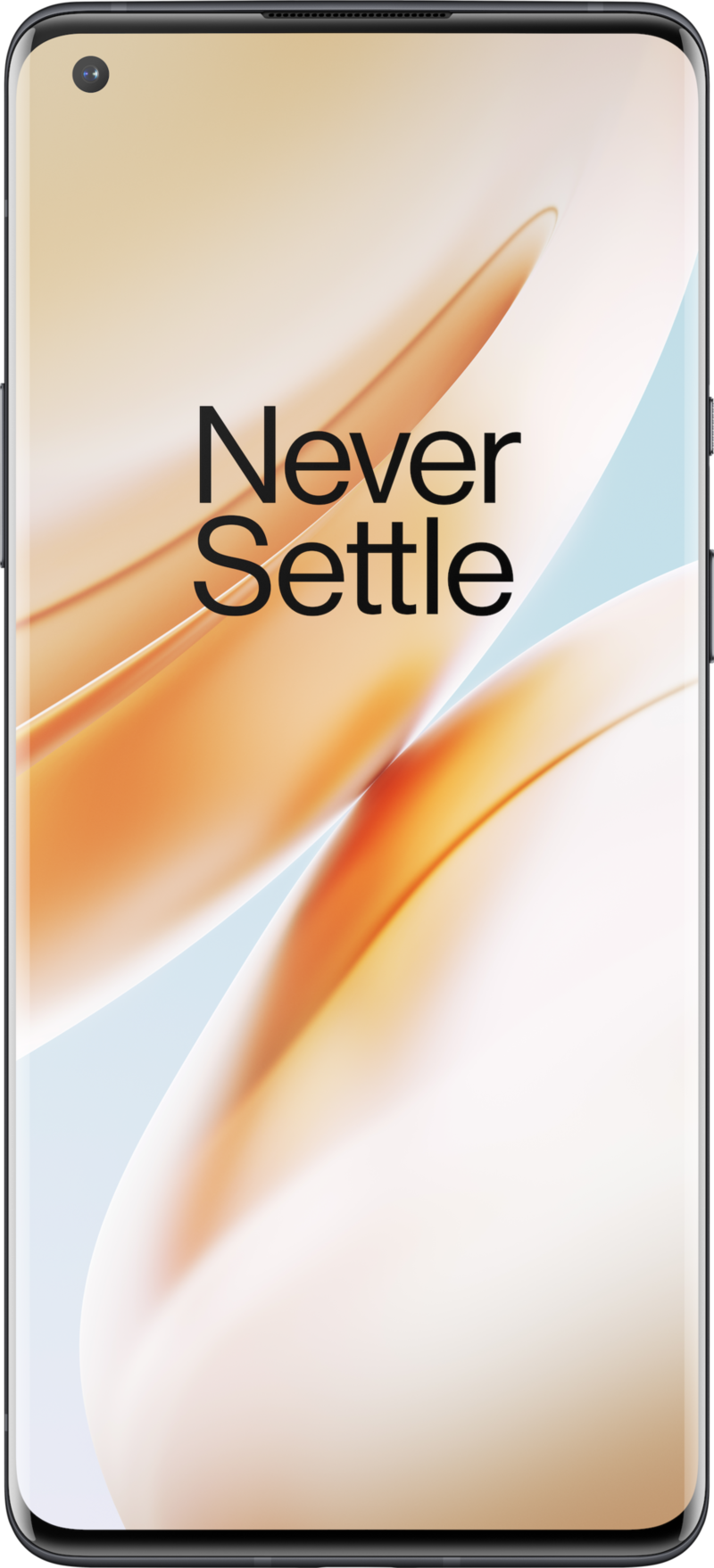
More expensive, more capable.
The OnePlus 8 Pro is an impressive and well-designed Android smartphone that doesn't upend the traditional OnePlus formula so much as extend it to its logical place in the 2020 canon — more features, higher price. With the addition of an impressive primary camera, waterproofing, and wireless charging, though, OnePlus has finally checked all of the boxes on its spec sheet.
Daniel Bader was a former Android Central Editor-in-Chief and Executive Editor for iMore and Windows Central.
